-
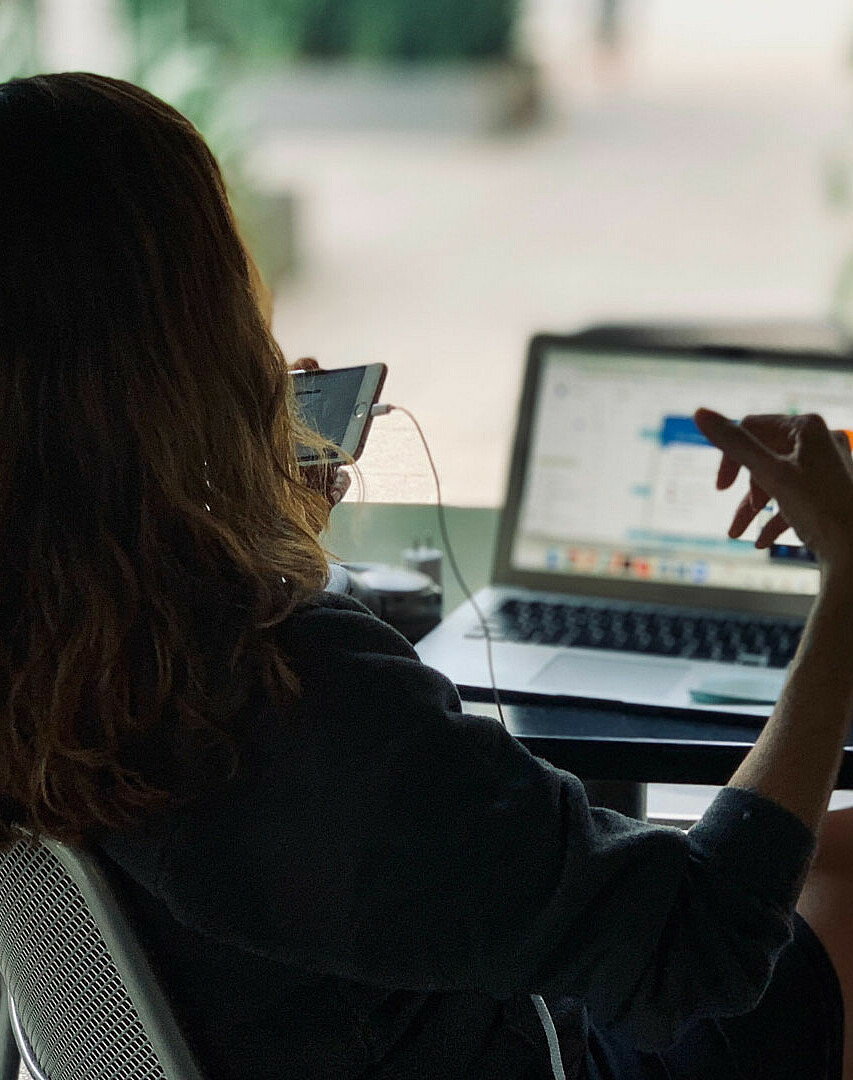
© hj barraza/Unsplash
21.04.2020Guest contribution: A sudden change of course - classes moved online
The summer semester has started at German universities. But teaching this semester is taking place online at Berlin's universities. Chats and video conferences are the new lecture halls. This is a completely new experience for both lecturers as well as for students. The current general conditions in this time of Corona pandemic are creating new barriers and can, for example, exclude students with less access to technology or create issues for parents forced to multitask in their suddenly improvised home office. Dr Barbara Schäuble is Professor for Diversity-Conscious Approaches in the Theory and Practice of Social Work at ASH Berlin (Alice Salomon Hochschule Berlin) and a lecturer for the university association BASA-online, an online programme for students to earn a bachelor's degree in social work while working full-time. She teaches didactic and justice-related theoretical perspectives related to the topic of online learning. In her guest post for Brain City Berlin, she reports on her experiences in the first days of the unexpectedly digital Summer Semester 2020.
"This is not the semester that we expected," I'm telling my students. Not only am I looking forward to the upcoming two-block days with 42 students, but I'm also excited. Because I've never done block days online as a teacher for BASA-online. Before, students were required to come to ASH once a month for two-day in-person intensives at, but now we're having these online for the first time.
Different requirements and skills
I sent the group a schedule a few days in advance to indicate exactly when we will all be online together: two 45-minute sessions every day for each of the two days of the intensives for inputs and group work. Everything else is planned synchronously, but with very large time windows. And: it can be done earlier or later as needed. This also applies to the inputs. I've created narrated PowerPoint presentations, uploaded them to the learning platform in advance, and also made working materials and questions available there. I know that some of the students are using their smartphones and not computers and that they have different technical requirements and skills. Doing as much asynchronously as possible is therefore important.
I wrote to the students: "Please work with me on how we can make the two days a good and interactive seminar. This is an experiment for me, too.” And: "Please exchange phone numbers with another student and write down the first names of your partner on an etherpad. The telephone teams should call each other from time to time to exchange information about the assignments listed in the seminar schedule." This creates a sense of belonging and motivation, as I learned from the participants' perspective just last week.
I promise the group that I can be reached online via text or video chat during the intensive days. Of course, I'll be doing other things when I'm not chatting with them. Among other things, I chat briefly with Lisa Gutsche and Julia von Schick, who accompanied the first hour of the seminar as a colleague and tutor, respectively. Their presence made me feel confident that everything was going well.
The etherpad can't keep up
The day is going well. All students were able to participate. Even those who would otherwise not have been able to attend the on-site intensive due to work or childcare issues. Some are also multitasking: they may have taken in children from the residential group home, are on-call, or might have to go to their facility for an hour. They stay connected via the seminar schedule, which I adhere to exactly in time, and their telephone partners. If they have any questions, they write them down in the chat or on the etherpad. I keep looking there and formulate answers. There aren't that many, actually. Apparently the teaching format is working. But not without a few moments of shock: our etherpad breaks down when 42 people try to write at the same time. Fortunately, a student quickly suggests switching to the chat. In the future, I will only let small groups work in the pad and they will then designate one representative to transfer their interim results to the main pad.
The second day begins with a short introduction by video or alternatively with a narrated PowerPoint presentation. Then the students spend 90 minutes reading one of seven theories of social work. They then decide on a theory and choose a "theory" group on the course platform. In an online small group room, they exchange information about the texts for 30 minutes and form groups of two. All students start preparing material to create a short presentation in the next block session. Those who can't be there will create them in advance. The following presentation formats were suggested by me: A simple mobile phone video, a PowerPoint presentation, or a written set of bullet points. I uploaded a sample solution and working questions to the learning platform and add that the example shows my quality standards, but that I will not apply them to an assessment in this particular semester.
The crisis also brings up new questions of content
We are all in emergency mode. In any case, the current seminar will be graded only based on participation. I still make standards clear, because in my opinion examples and clearly formulated criteria (e.g. via extended assessment schemes such as rubrics) are important in every course, especially online. Especially online because the students have less direct impressions of the teacher's perspective on qualitative criteria.
One of the questions that I give to the theory groups: How might the selected theory of social work help us understand the mandate of social work in the context of the health crisis? What are the limits of the theory? How do clients orientate themselves to their lives and their world in the face of social distancing? And is social work becoming more authoritarian? Should it be better equipped as an essential service? One student asks: Do we have to go into the Corona pandemic? "No" is my answer and I begin to think about how one can create spaces in the seminar explicitly marked as spaces for dialogue about the crisis and others that protect participants from those discussions. Not least because I sometimes feel I want to delve into these questions, while, at other times, I'm more creative and stable when I ignore it. Students should be able to choose. I take note of these concerns so that I can bring it up with colleagues in a meeting scheduled for the day after tomorrow.
Online teaching in a time of crisis: economical, foresighted, social
The second day is also going well. What I like best is that the students are not only clearly trying out the exercises provided, but are also thinking very carefully about my perspective as the instructor. Their questions in the chat room are short and to the point. Sometimes their fellow students answer before I get to them. Online teaching in times of crisis is, as I see it, economical (clear and focused on essentials plus additional materials for those interested), foresighted (informing at an early stage and providing standards), and social (i.e. attentive and focused on making connections).
I am even more aware of the essential nature of the teacher-learner relationship than I usually am. And this is also important for creating relationships with key technical and social issues. I work a lot with reading response papers and in teams of two. Technical tools are the vehicle. The most important techniques are the exchange of materials, telephone, chat, forum work, and individual feedback. Some video time together in a block seminar is nice, but not a must.



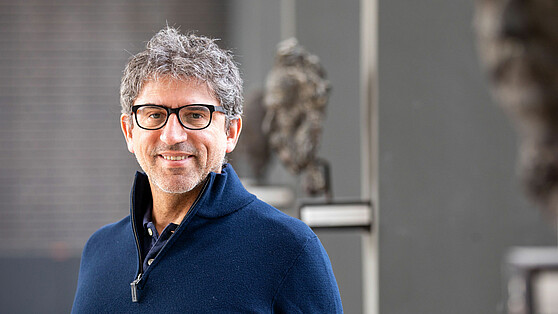
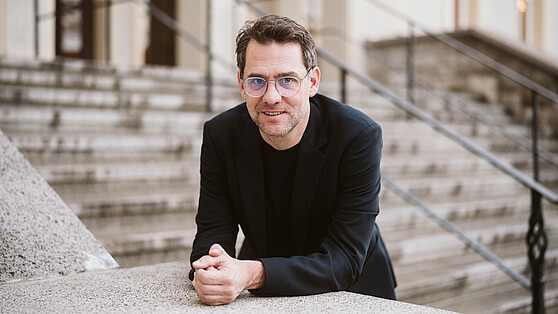

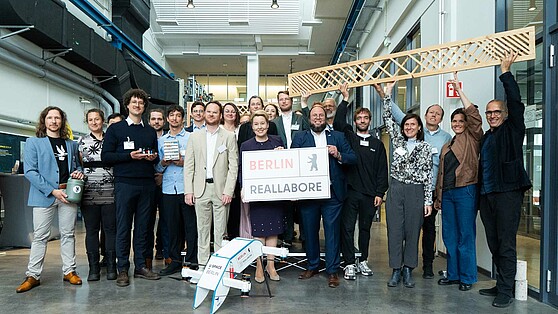











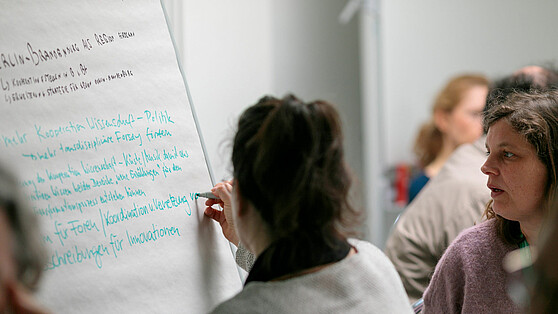



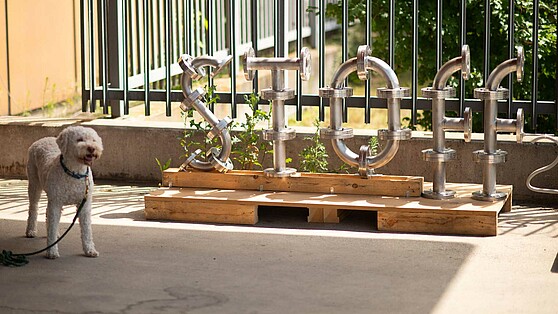






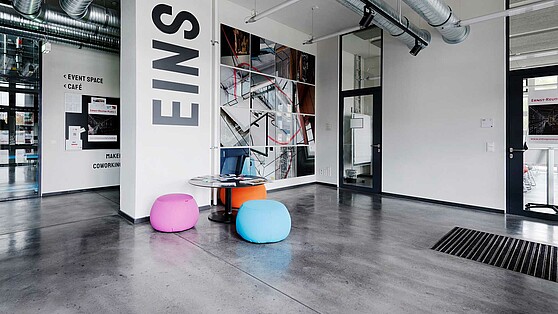








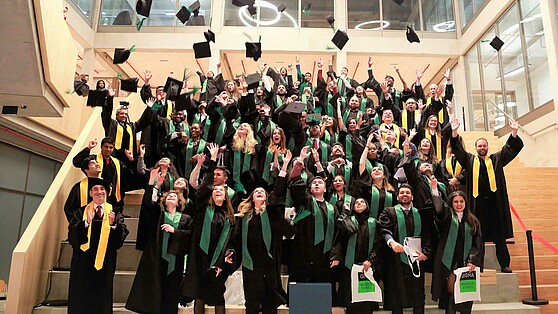
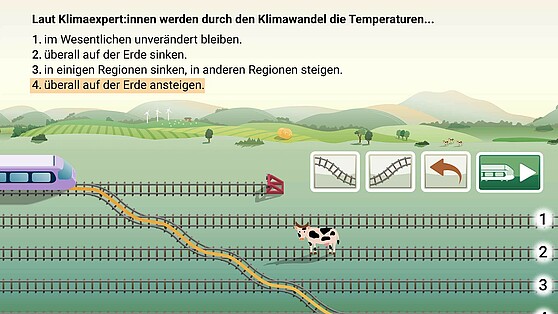



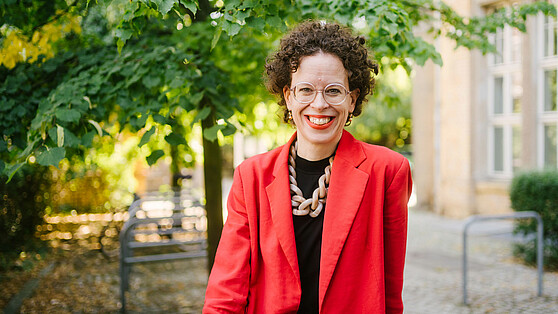
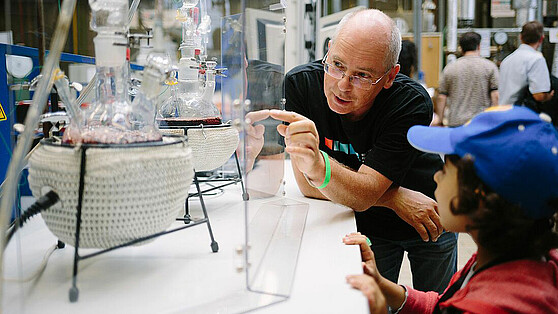

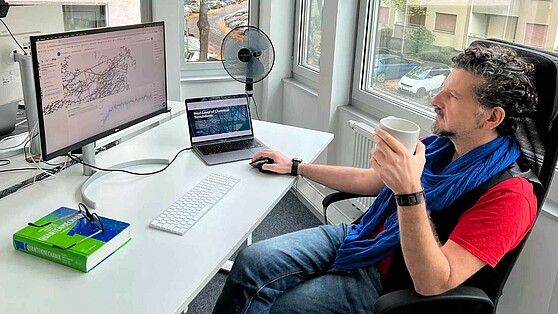
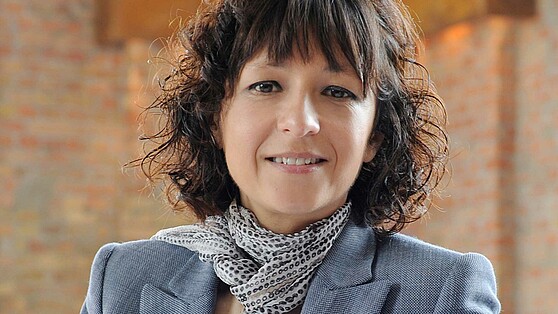

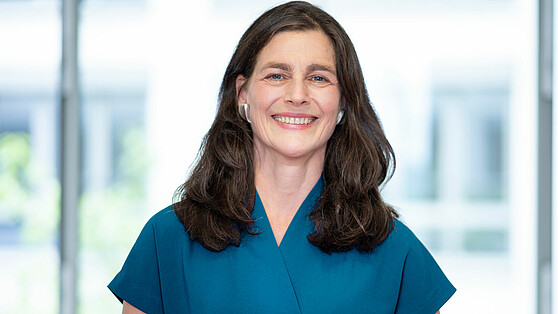


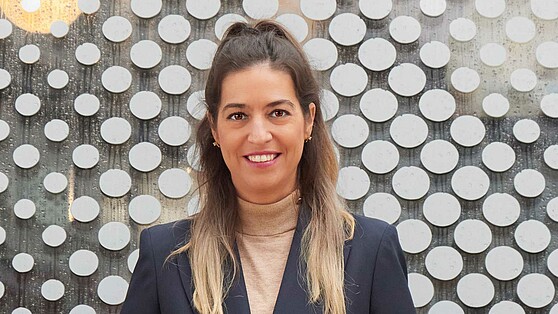






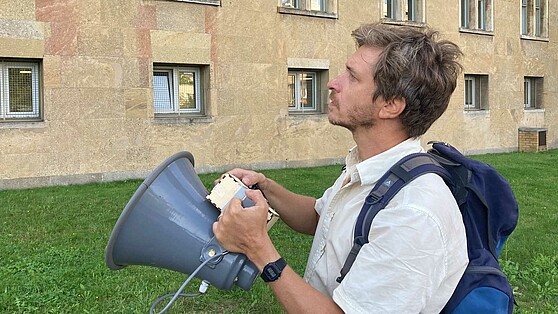






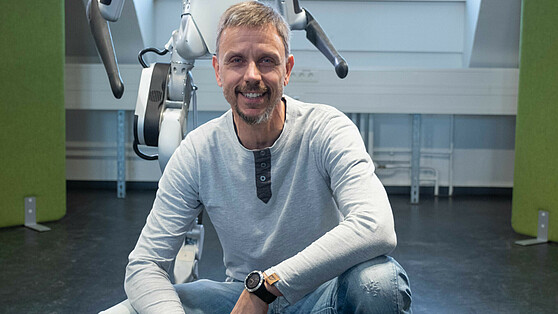
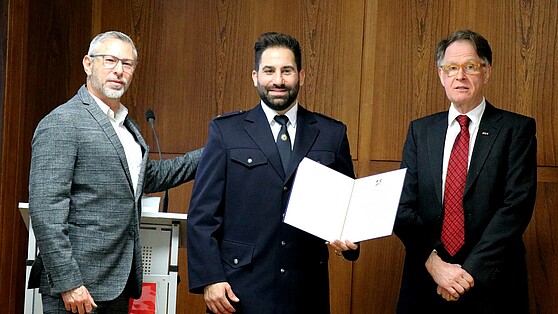
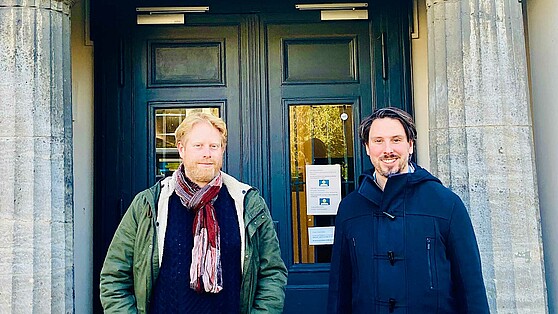









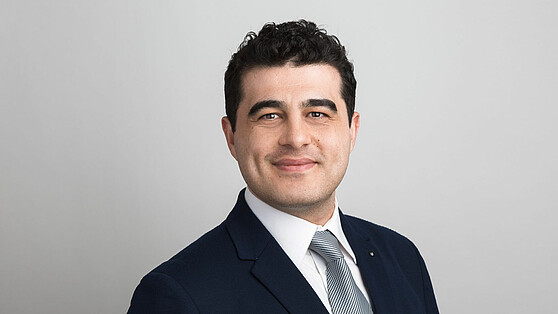
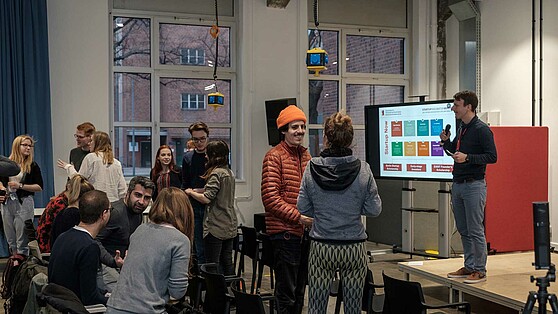




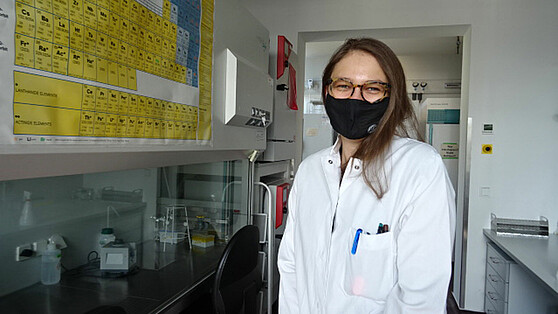



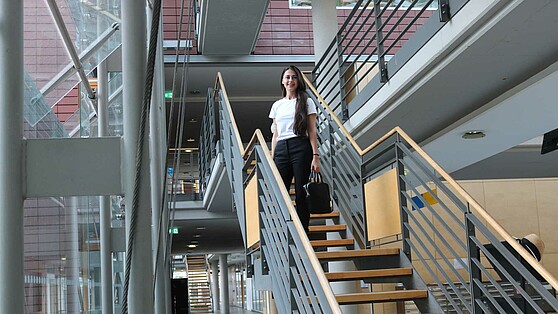



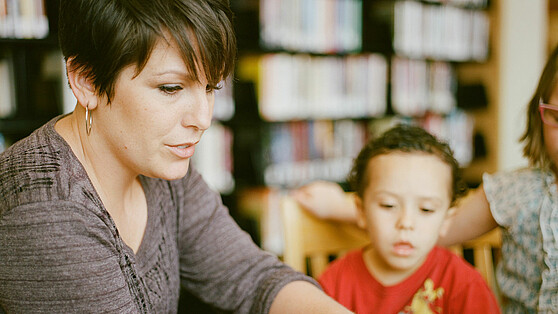
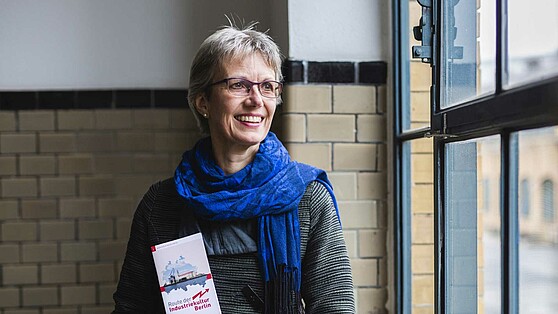




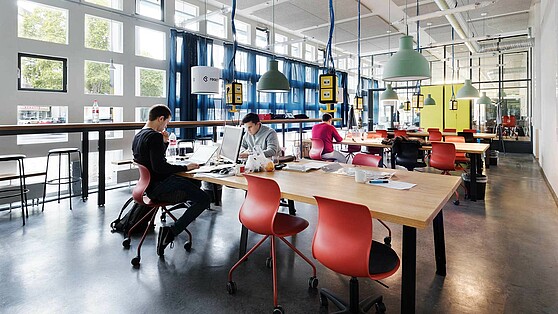


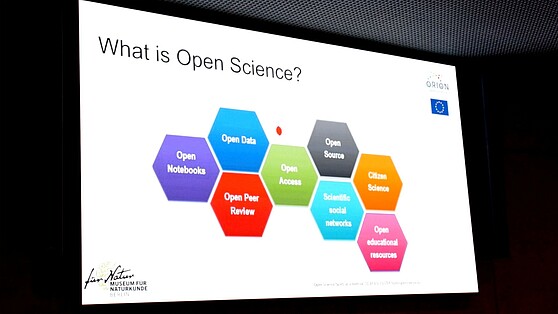
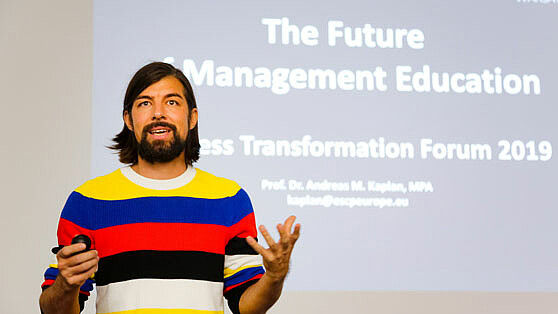


![[Translate to English:] [Translate to English:]](/fileadmin/_processed_/9/d/csm_bwasihun-vdo_558x314_c0d384ce60.jpg)
![[Translate to English:] Berlin University Alliance/Matthias Heyde [Translate to English:]](/fileadmin/_processed_/5/a/csm_Berlin_University_Alliance_Matthias_Heyde-558x314_4bc591ca3c.jpg)
![[Translate to English:] David Ausserhofer/IGB [Translate to English:]](/fileadmin/_processed_/6/f/csm_Hupfer__Michael_____R__David_Ausserhofer_588x314_6fef164e57.jpg)
![[Translate to English:] Helena Lopes / Unsplash [Translate to English:]](/fileadmin/_processed_/b/6/csm_helena-lopes-1338810-unsplash_558x314_857802ad2f.jpg)
![[Translate to English:] HZB/M. Setzpfandt [Translate to English:]](/fileadmin/_processed_/f/a/csm_LNDW_HZB_558x314_e1e3500ed5.jpg)
![[Translate to English:] Tim Landgraf [Translate to English:]](/fileadmin/_processed_/0/7/csm_Car2CarEnergySharing_Tim_Landgraf_558x314_485bf716e9.jpg)
![[Translate to English:] [Translate to English:]](/fileadmin/_processed_/b/6/csm_Open-Access_Berlin-Partner_Wu__stenhagen_558x314_dd0c6e714d.jpg)
![[Translate to English:] Thomas Rosenthal - Museum für Naturkunde Berlin [Translate to English:]](/fileadmin/_processed_/6/d/csm_Museum_fu___er_Naturkunde_Berlin_Thomas_Rosenthal_f11b8ba056.jpg)
![[Translate to English:] [Translate to English:]](/fileadmin/_processed_/f/c/csm_TU_Berlin_Cem_Avsar_558x314_4b07bcb055.jpg)